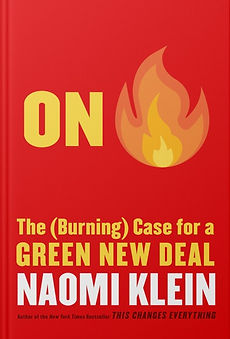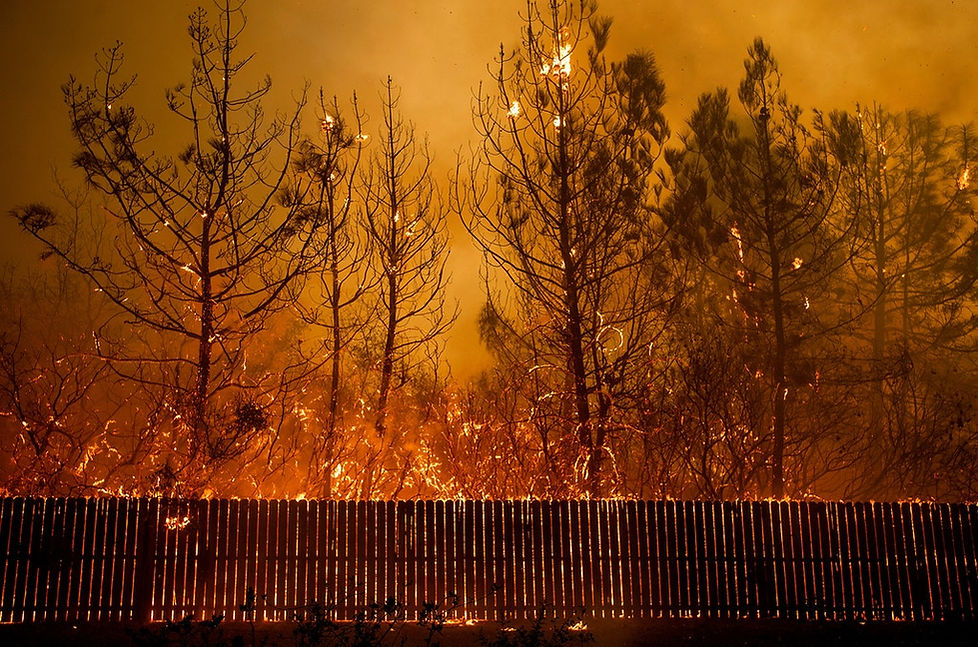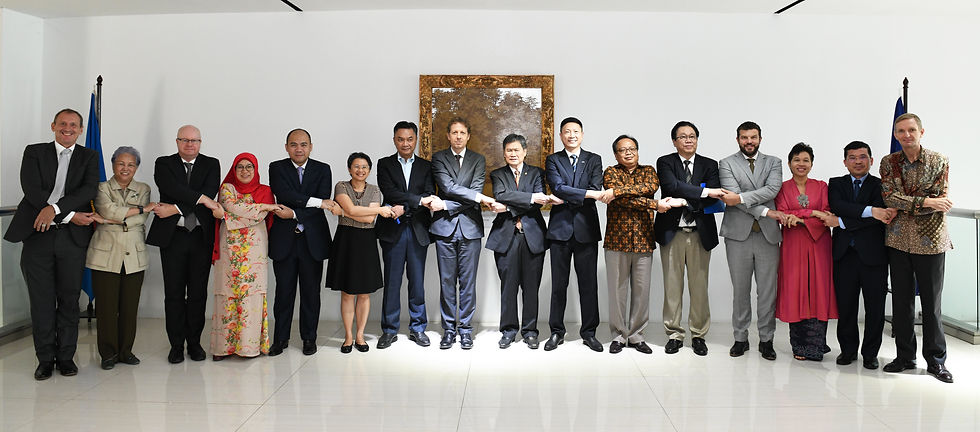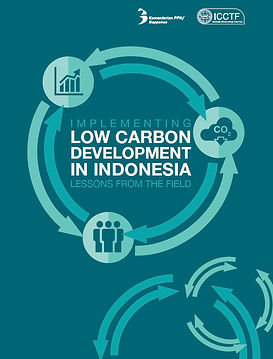"The fires in 2019 burned nearly 16,000 square kilometers (6,200 square miles) — an area half the size of Belgium — mostly on the islands of Sumatra and Borneo."
Mongabay 10 Feb 2020
More information here
WHY FIRES ON PEATLAND
Fires in Indonesia in 2015 emitted nearly 16 million tonnes of Carbon dioxide a day which surpassed average daily emissions from the entire US economy. Peatland is the most abundant natural carbon storage; therefore, when it is burning, it releases most carbon dioxide into the atmosphere increasing the greenhouse gases affecting climate patterns
In 2019, the amount of land in Indonesia consumed fires had exceeded the amount of burning in 2018 because of the return of El Nino caused by climate change.
More information about peat fires here
More information about peat fires here
WHY CARBON DIOXIDE
MATTER
Carbon dioxide is a greenhouse gas which affects climate by absorbing heat and raising the world temperature. Climate has been a critical factor in increasing the risk and the extension of wildfires. Climate change causes forest fuels to be drier and creates warmer, and drier temperature and a more extended fire season are boosting the risks of wildfires. Indonesia itself is located in the Maritime Continent which is the most thermal energized area on the planet, so it causes the atmosphere to have more heat that leads to fire problems in the tropic combined with climate change, the risks of wildfires is increasing.
PERSPECTIVES OF FIRES
Peat fires are very well-known as the most challenging fire to be extinguished, so there is no easy way out since nature and human activities are still involved with fires. Indonesia attempts on how to control fires are trying to extinguish the fuel which is one of the fire elements, and mostly focus on peatland restoration; including, water-canal infrastructure. The policies and projects are built with the consideration of different people's perspectives such as policymakers, firefighter, and even the local people. For example, fires seem to be published by media as "Hazard"; nevertheless, some farmers claimed that fires sometimes are set up on purpose. Many factors have been considered, such as economic, public health, and the destruction of the ecosystem to find the most effective way to prevent fires.
More information about water-canal firebreak here
More information about prescribed burn here
More information about peatland restoration perspectives here
Forest fires and COVID 19
GREEN NEW DEAL AND
FOREST FIRES
Green New Deal is a plan to fight climate change and seeks to solve the climate crisis by taking quick action to get to net-zero greenhouse gases emission and renewable energy by 2030.
Climate change is considered very likely to have contributed to the unprecedented extent and severity of the fires. Even though forest fires can be caused by human activities, whether, intentionally or not, climate changes can help fires spread and be difficult to stop.
Forest fires are related to climate change since forest fires emit carbon dioxide that affects climate, and the climate itself also causes the increasing of wildfire risks. Green New Deal is the plan to tackle climate change, so it might somehow lead to decreasing the risks of forest fires as well.

The relationship between the Green New Deal and Forest fires has been mentioned in California's forest fires incident. Due to the fires, many people lost their homes, and there were problems with affording houses; as well as, fragile necessary infrastructure, and privatization. There were also influential markets which made profits from disaster. Many in the community had concluded that the impacts of climate unsettling could not be controlled without structural social change on the order of Green New Deal.
Local politicians reveal a plan calling for the small city to adopt its own Green New Deal. However, there are arguments about the scale and scope of the plan. For example, the connection between lowering Greenhouse gas emissions and building a fairer society is still in question. However, to cope with climate change, the shift in every economic aspect is required.

California forest fires
More information here
THE INDONESIA
GREEN NEW DEAL

EU to support sustainable use of peatland and haze mitigaion in ASEAN
Source : https://environment.asean.org/tag/sustainable-management-of-peatland/
A reflection of a Green New Deal policy in South East Asia is the support from the European Union (EU) to combat haze pollution and peatland fires. EU launched the civil society component of the EUR 24 million to support Sustainable Use of Peatland and Haze Mitigation in ASEAN (SUPA).
The programme supports the objectives of SUPA through actions and cooperation that improve sustainable peatland management, lighten the climate change, manage the risks of forest fires, and reduces regional haze. The programme is also critical in tackling the root causes of peatland fires in mitigating the impacts of climate change, especially in the recent peatland and forest fires in the region in 2019.
According to the World Bank, the fires and haze already deepen the negative perception toward Indonesian palm oil. Indonesia receives a decrease in palm oil demand from European countries. The EU also plans to phase out palm oil-based biofuel by 2030 because the biofuel from palm oil does not meet the Green New Deal criteria.
However, the Indonesian Government criticise EU's campaign against palm oil and says it will fight against the policy, which is considered as discrimination as palm oil is the primary income of Indonesia.


In October 2017, the Indonesia government revealed the goal to combine climate action with the country's agenda by launching the policy called Low Carbon Development Initiative (LCDI).
The implementation of a "first of its kind" policy provided a concept on low carbon and sustainable development programs and investment to put a stop to forest fires. The LCDI might be the precursor of the Indonesian Green New Deal because several development policies of a Green New Deal are similar to the LCDI.
The report launched by the Indonesian Government proposes three low carbon development scenarios; the LCDI moderate scenario, the LCDI high scenario, and the LCDI-plus scenario. The last is the most aspiring one that allows Indonesia to contribute to carbon emissions reduction in 2030.
Several policies of Green New Deal are close to the LCDI including; to put a price on carbon, no deforestation and reforestation, energy transitions to renewable and improvement in energy efficiency, zero-carbon transportation system, and revamping on food and waste systems.
The difference between a Green New Deal and the LCDI-plus scenario is time. While Green New Deal will have ten years to net-zero carbon, the LCDI has been a long term 25-year strategy.
LCDI Report link here
Mind mapping
Click the image for zoom in
The video explaining the relationship between peat fires, fires suppression attempts, climate change, and Indonesia Green New Deal.
